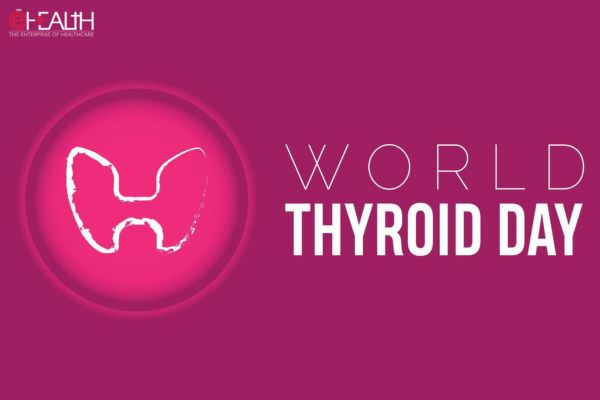
Tuberculosis (TB) continues to be a challenging health challenge in India, home to about a quarter of global TB cases. Despite concerted efforts to combat the disease, it remains a leading cause of mortality and morbidity, affecting millions annually.
As per reports in 2021, India has approximately 2.64 million active TB cases, a number that represents a significant public health crisis and emphasizes the need for proper detection and treatment strategies. The impact of TB extends beyond individuals, affecting families and communities with a ripple effect on social stability and economic productivity.

Radiology- A Game-Changer in TB Diagnosis

The introduction of radiological techniques has revolutionized the diagnosis of tuberculosis. Radiology, which encompasses a range of imaging technologies, including X-rays, CT scans, and MRI, has become a vital tool in the early detection and management of TB. These techniques enable healthcare providers to view the human body precisely and quickly, identifying significant signs of TB that other diagnostic methods may miss.

Types of TB Detected by Radiological Methods

- Pulmonary TB: Characterized by lesions in the lungs, detectable through chest X-rays and CT scans.
- Miliary TB: Disseminated TB that spreads like millet seeds throughout the body, visible on radiological imaging.
- Skeletal TB: TB of the bones and joints, often diagnosed with MRI and CT.
- Extrapulmonary TB: It affects the side of the lungs, such as lymph nodes or the abdominal cavity, where imaging helps to point to the location.
Radiological techniques are particularly proficient at identifying pulmonary TB, the most common form, by revealing lung abnormalities such as cavities or nodules. Furthermore, advanced imaging modalities like CT and MRI offer detailed views of TB’s impact on other organs, facilitating comprehensive care.
Radiology’s Impact on India’s Health Burden
Radiology has not merely transformed TB diagnosis; it has actively contributed to reducing the healthcare burden in India by enabling prompt and accurate TB detection. With the high resolution of imaging technologies, radiologists can discern the extent and severity of the disease, which is paramount for tailoring treatment regimens. This precision reduces the likelihood of prolonged or incorrect treatments, diminishing the strain on the healthcare system and the economic toll on society.
Benefits of Radiology in TB Diagnosis
- Early Detection: Radiology can identify TB in its nascent stages, leading to earlier treatment initiation.
- Non-Invasiveness: Imaging is generally non-invasive, reducing the risk of complications associated with other diagnostic procedures.
- Monitoring Treatment Progress: Radiological images can be used to monitor the effectiveness of TB treatment, adjusting therapies as needed for optimal outcomes.
- Reduction of Transmission: By facilitating early diagnosis, radiology helps prevent TB spread, as treated patients are less likely to transmit the disease.
Integrating radiological services into India’s public health initiatives against TB, such as the Revised National Tuberculosis Control Program (RNTCP), has been fundamental. The program’s expansion to include cutting-edge radiological diagnostics has been instrumental in improving detection rates and has played a significant role in the strategic plan to eliminate TB from India by 2025.
As India marches towards its determined goal of eradicating TB, radiological technology is significantly helping in reducing the health burden caused by TB.
Views shared by: Chandra Ganjoo, Group Chief Executive Officer, Trivitron Healthcare
Be a part of Elets Collaborative Initiatives. Join Us for Upcoming Events and explore business opportunities. Like us on Facebook , connect with us on LinkedIn and follow us on Twitter , Instagram.
"Exciting news! Elets technomedia is now on WhatsApp Channels Subscribe today by clicking the link and stay updated with the latest insights!" Click here!











